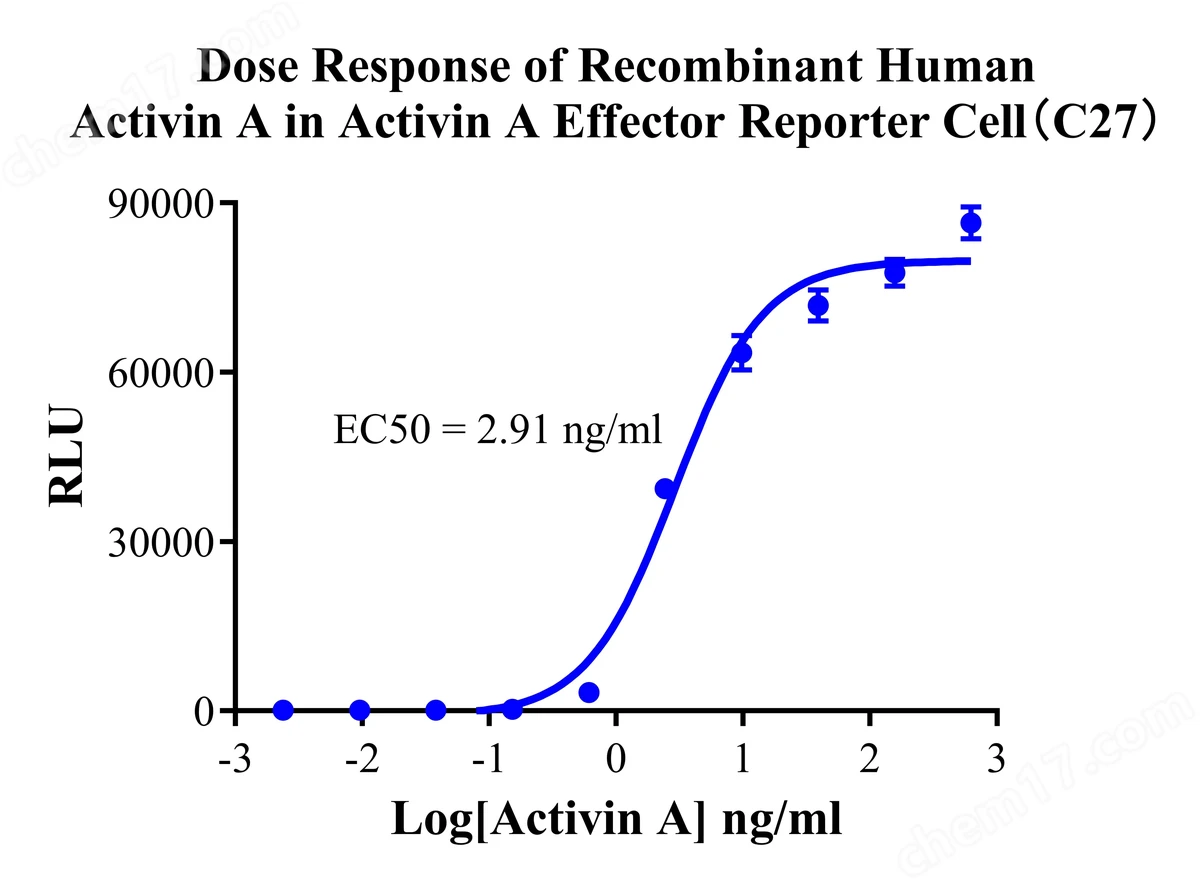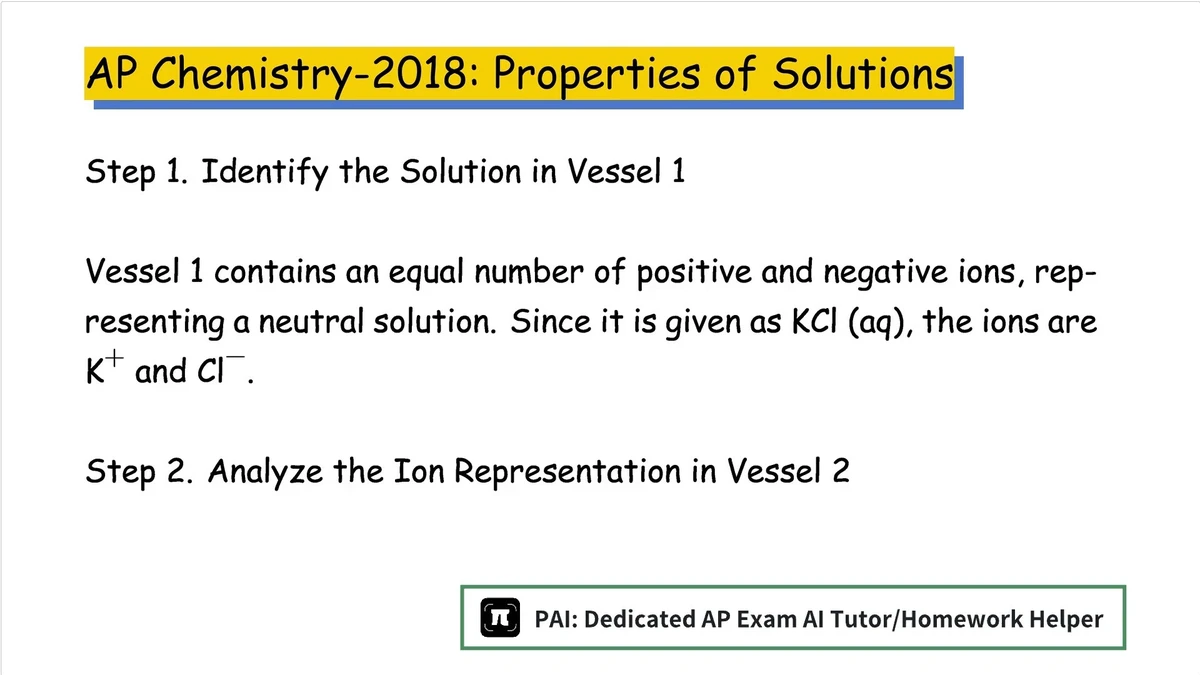========================================================================================
Covariance plays a pivotal role in quantitative analysis, helping analysts, traders, and portfolio managers understand the relationships between different financial variables. Whether it’s optimizing portfolio diversification, enhancing risk assessment models, or applying machine learning algorithms, understanding covariance is essential. In this article, we will explore how covariance impacts quantitative analysis by breaking down its theoretical concepts, real-world applications, and best practices in its use. Through practical examples and case studies, you will learn how to harness the power of covariance to improve your trading strategies and decision-making processes.
What is Covariance and Why Does It Matter in Quantitative Analysis?
Before diving into its impact, let’s start with a basic understanding of covariance. In simple terms, covariance is a measure of the degree to which two random variables change together. If two variables tend to increase or decrease in tandem, their covariance is positive. If one variable increases while the other decreases, their covariance is negative.
In quantitative analysis, covariance helps analysts understand the relationship between assets, risk, and returns. It is the foundation for many advanced financial models, including portfolio optimization, risk assessment, and asset pricing models.
Covariance Formula Breakdown
The formula for covariance between two variables X and Y is given by:
Cov(X,Y)=1n∑i=1n(Xi−Xˉ)(Yi−Yˉ)Cov(X, Y) = \frac{1}{n} \sum_{i=1}^{n} (X_i - \bar{X})(Y_i - \bar{Y})Cov(X,Y)=n1i=1∑n(Xi−Xˉ)(Yi−Yˉ)
Where:
- X and Y are the variables whose covariance is being calculated.
- X_i and Y_i are the values of the variables.
- Xˉ\bar{X}Xˉ and Yˉ\bar{Y}Yˉ are the means of X and Y, respectively.
- n is the number of data points.
This formula is widely used to calculate the covariance between two financial assets in order to understand their correlation and potential for joint risk.
The Role of Covariance in Portfolio Management
One of the most significant applications of covariance in quantitative analysis is in portfolio management. Covariance is used to determine how different assets in a portfolio move in relation to one another. By understanding these relationships, investors can construct diversified portfolios that minimize risk while maximizing returns.
Portfolio Diversification
The core idea behind diversification is that combining assets with low or negative covariance reduces the overall risk of the portfolio. Assets that move in opposite directions tend to cancel each other out, stabilizing the portfolio’s performance. For example, a portfolio consisting of stocks and bonds often benefits from negative covariance, as stocks may rise when bonds fall, and vice versa.
Example: Diversification with Covariance
Let’s say you are managing a portfolio of two assets, Stock A and Bond B. After calculating the covariance between their returns, you find that it is negative. This suggests that when Stock A performs well, Bond B tends to perform poorly, and vice versa. By holding both assets, you reduce the overall volatility of your portfolio.
Risk Assessment
Covariance is also a critical component of risk assessment in portfolio management. When evaluating the risk of a portfolio, the covariance between the individual assets’ returns is used to calculate the portfolio’s total risk, or variance.
The formula for portfolio variance, involving two assets A and B, is:
Var(P)=wA2⋅Var(A)+wB2⋅Var(B)+2⋅wA⋅wB⋅Cov(A,B)Var(P) = w_A^2 \cdot Var(A) + w_B^2 \cdot Var(B) + 2 \cdot w_A \cdot w_B \cdot Cov(A, B)Var(P)=wA2⋅Var(A)+wB2⋅Var(B)+2⋅wA⋅wB⋅Cov(A,B)
Where:
- w_A and w_B are the weights of assets A and B in the portfolio.
- Var(A) and Var(B) are the variances of the individual assets.
- Cov(A, B) is the covariance between the assets.
By calculating covariance and incorporating it into the risk model, portfolio managers can understand how the combination of assets will affect the overall portfolio risk.
How Covariance Enhances Quantitative Trading Strategies
Quantitative traders use covariance to build more robust trading models. Whether in algorithmic trading, high-frequency trading, or statistical arbitrage, covariance is instrumental in identifying correlations and designing strategies that can take advantage of these relationships.
Using Covariance in Trading Algorithms
In algorithmic trading, covariance helps build models that predict the joint behavior of assets, enabling traders to take advantage of correlated price movements. For instance, a mean-reversion strategy might involve buying an asset that is underperforming while simultaneously shorting an asset that is outperforming, assuming the covariance between the two suggests they will converge.
Example: Covariance in Pairs Trading
In pairs trading, two correlated assets are traded against each other. Suppose the covariance between Asset A and Asset B is high. If the price of Asset A diverges significantly from Asset B, a trader might short Asset A and go long on Asset B, betting that the two assets will revert to their historical relationship.
Covariance in Machine Learning Models
Machine learning models in finance often rely on covariance as an input to better understand the relationships between multiple variables. For instance, covariance is used to calculate the covariance matrix, which is crucial for techniques like Principal Component Analysis (PCA), which reduces the dimensionality of data and uncovers hidden patterns.
Example: Covariance Matrix in PCA
In PCA, the covariance matrix of a dataset is calculated to identify the principal components that explain the most variance in the data. By applying PCA, quantitative analysts can reduce the number of variables in a model, simplifying it while retaining the key information.
Risk Management with Covariance
In risk management, covariance is used to estimate the joint risk of multiple assets and determine the overall risk of a portfolio. By analyzing the covariance of assets in the portfolio, analysts can assess how changes in one asset’s price may affect the overall portfolio risk.
Example: Hedging with Covariance
Consider a hedge fund that is managing a portfolio of tech stocks. The fund wants to hedge its position using options. By understanding the covariance between the tech stocks and the broader market index, the fund can choose the right options to hedge the risk effectively, minimizing losses during market downturns.

Advanced Covariance Techniques for Quant Professionals
For experienced quants, leveraging covariance requires advanced techniques and an understanding of more complex models. These include:
- Multivariate Covariance Analysis: Analyzing the covariance between multiple assets to understand their joint risk and return profiles.
- Dynamic Covariance Models: Using time-series data to model how covariance changes over time, adapting to shifting market conditions.
These techniques require specialized knowledge in statistics, machine learning, and financial modeling, and are commonly used by institutional investors and hedge funds.

FAQ: Frequently Asked Questions
1. How do I calculate covariance in quantitative trading?
To calculate covariance, you need the historical returns of the two assets you’re analyzing. After calculating the means of the returns, multiply the differences between each asset’s return and its mean, then average the results over the period. This can be done using software tools like Excel, Python, or specialized statistical packages.
2. Why is covariance important in portfolio management?
Covariance helps investors understand how different assets move in relation to one another. By knowing how assets behave together, portfolio managers can optimize their asset allocation, reducing overall risk and increasing the chances of achieving a favorable risk-return profile.
3. How does covariance fit into machine learning models for finance?
Covariance is used in machine learning models to understand the relationships between different features or variables. For instance, in portfolio optimization, covariance matrices help algorithms identify which assets have correlated movements and inform decision-making processes about asset selection and weight distribution.

Conclusion
Covariance is a foundational concept in quantitative analysis, influencing everything from portfolio management to trading strategies. By understanding how covariance impacts asset relationships and risk, you can enhance your analysis and improve your financial decision-making. Whether you are a portfolio manager, a quantitative analyst, or a trader, mastering covariance is essential to building robust and effective strategies. As financial markets continue to evolve, the ability to leverage covariance will remain a key advantage for those seeking to navigate complex and volatile environments successfully.

0 Comments
Leave a Comment